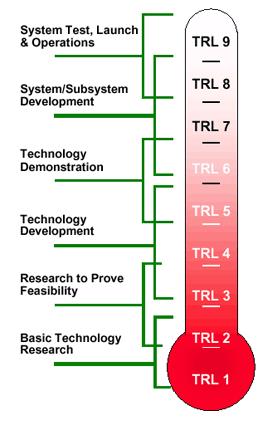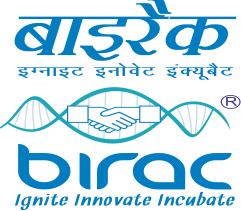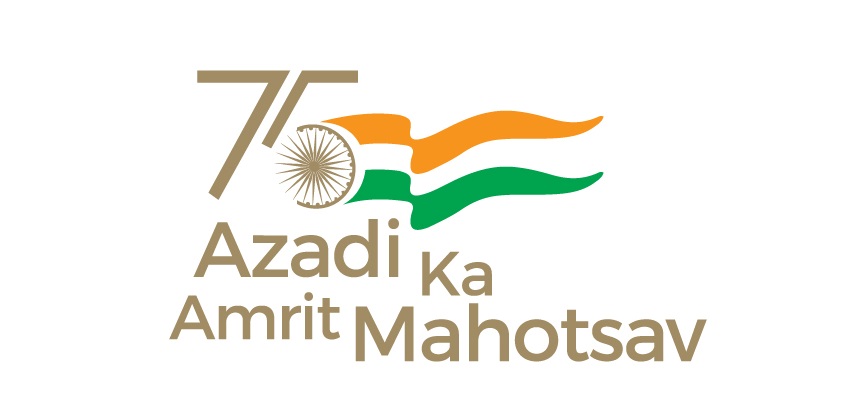TECHNOLOGY READINESS LEVELS (TRLs)
Technology readiness levels (TRLs) is a measure of estimating technology maturity of core technologies in a program during the selection process and in subsequent monitoring and evaluation phases until these technologies, or products utilizing them, attain market readiness. Originally introduced by NASA, the TRL scale is a metric with nine technology readiness levels for describing the maturity of a technology from ideation stage (TRL-1) to highest degree of application/commercial readiness (TRL-9). Levels in between covers establishment of proof of concepts, prototype developments, functional validations from models to real operational environments and clearances of mandatory regulatory barriers between levels towards market introduction of these technologies/products.
 NASA Technology Readiness levels
NASA Technology Readiness levels
BIRAC has an inherent system of distributing the projects into different thematic areas for effective selection process, efficient project monitoring for technology maturation and for tracking investments against outputs in each sector. Broadly, the following thematic areas cover projects supported under BIRAC mandate
1. Healthcare
a. Drugs (including drug delivery)
b. Biosimilars
c. Regenerative Medicine
d. Vaccines
e. Devices and Diagnostics.
2. Agriculture (Including Aquaculture/Fisheries & Veterinary Sciences)
3. Industrial Biotechnology (covering Industrial Products & Processes and Secondary Agriculture)
4. Bioinformatics & software (Including Artificial intelligence, Big Data Analysis, IoT’s, software development etc.)
Keeping NASA TRLs as a reference, BIRAC has come up with detailed definitions of levels in the TRL scale for each of these thematic areas listed above. These TRL definitions intend to guide the innovators, evaluators and investors in identifying the stage of technology under development more objectively. The definitions also include some of the regulatory approvals and quality certifications which may be relevant for progression of TRLs and commercialization of the technology/products in India.
References:
a.) Gustav Notander, EIT Health, European Union (Technology Readiness Levels – TRL- NASA’s contribution to Horizon 2020
b.) Technology Readiness Assessment (TRA) Guidance. U.S. Department of Defense, (2011)
c.) Guidelines on Similar Biologics: Regulatory Requirements for Marketing Authorization in India (2016), Department of Biotechnology, India
d.) The TRL Scale as a Research & Innovation Policy Tool-EARTO Recommendations (2014)
e.) TRL-NASA ESTO (https://www.nasa.gov/pdf/458490main_TRL_Definitions.pdf)
f.) Banke, J., August 20, 2010, Technology Readiness Levels Demystified, NASA
g.) Crop Research Technology Readiness Level (TRL)(2016)-United State Department of Agriculture National Institute of Food and Agriculture Institute of Food Production and Sustainability
Technology Readiness levels (TRLs) Details:
1.) Drugs (including Drug Delivery) - Click here to view details
2.) Vaccines - Click here to view details
3.) Biosimilars - Click here to view details
4.) Regenerative Medicine - Click here to view details
5.) Medical Devices and Diagnosis - Click here to view details
6.) Artificial intelligence, Big Data Analysis, IoT’s, software development & Bioinformatics - Click here to view details
7.) Industrial Biotechnology (including secondary agriculture) - Click here to view details
8.) Agriculture - Click here to view details
9.) Aqua Culture and Fisheries - Click here to view details
10.) Veterinary - Click here to view details








